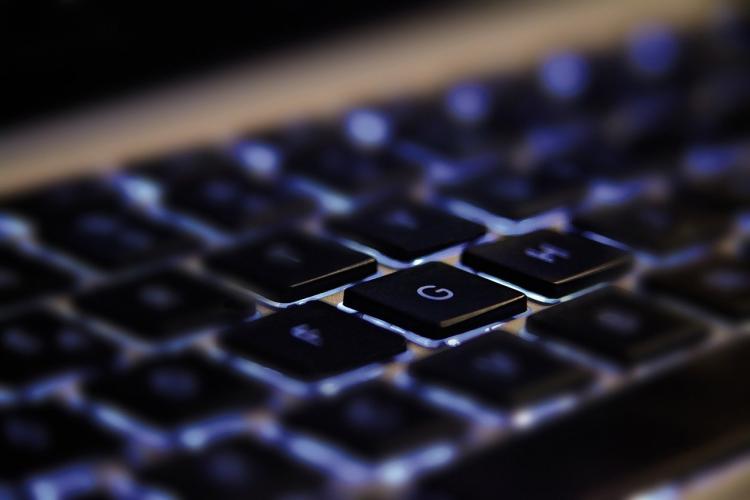Downloading and installing Linux distributions like Ubuntu, Fedora, and Debian is straightforward. Here’s how to download each one:
1. Ubuntu
Ubuntu is one of the most popular Linux distributions, known for being user-friendly and widely supported.
- Download link: https://ubuntu.com/download
- Steps:
1. Visit the official download page.
2. Choose the version you want (usually the latest LTS – Long Term Support – release).
3. Click "Download" and save the ISO file.
4. Use a tool like Rufus (for Windows) or Etcher (for Linux/macOS) to create a bootable USB stick.
2. Fedora
Fedora offers a cutting-edge experience, often used by developers who want the latest features.
- Download link: [Fedora Official Download Page](https://getfedora.org/)
- Steps:
1. Go to the official download page.
2. Select the edition you want (Fedora Workstation is the default desktop version).
3. Download the ISO file.
4. Create a bootable USB using Rufus, Etcher, or Fedora Media Writer.
3. Debian
Debian is known for its stability and is a great choice for both desktop and server use.
- Download link: [Debian Official Download Page](https://www.debian.org/download)
- Steps:
1. Visit the official download page.
2. Choose your preferred architecture (usually 64-bit for modern computers).
3. Download the ISO file.
4. Create a bootable USB using Rufus or Etcher.
Booting and Installing Linux
Once you have your bootable USB stick:
1. Insert it into the computer where you want to install Linux.
2. Restart the computer and enter the boot menu (usually by pressing F12, Esc, or Del).
3. Select the USB drive as the boot device.
4. Follow the on-screen instructions to install your chosen Linux distribution.
This should help you get started!
- Log in to post comments






